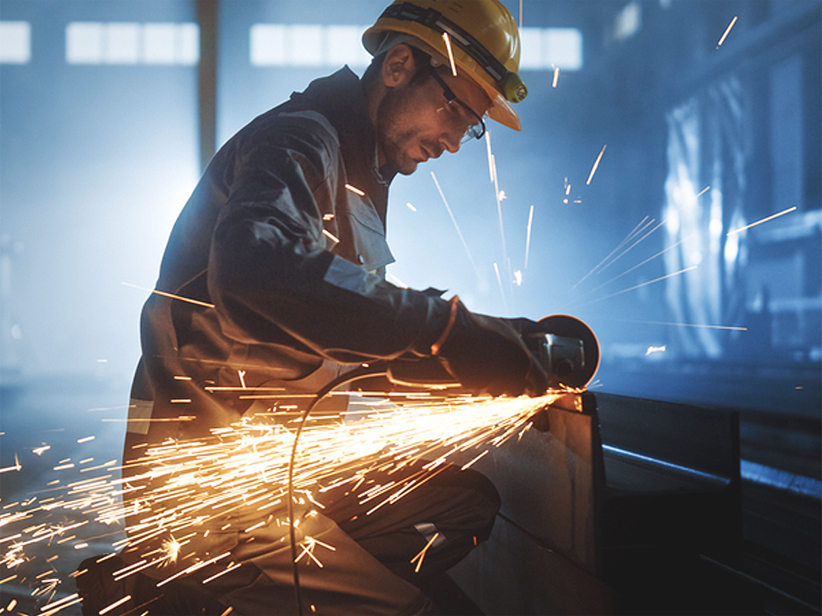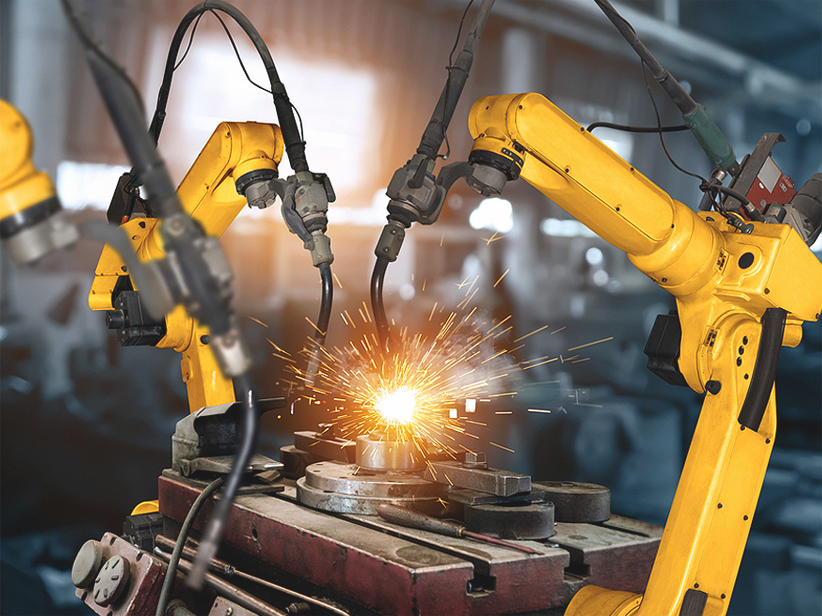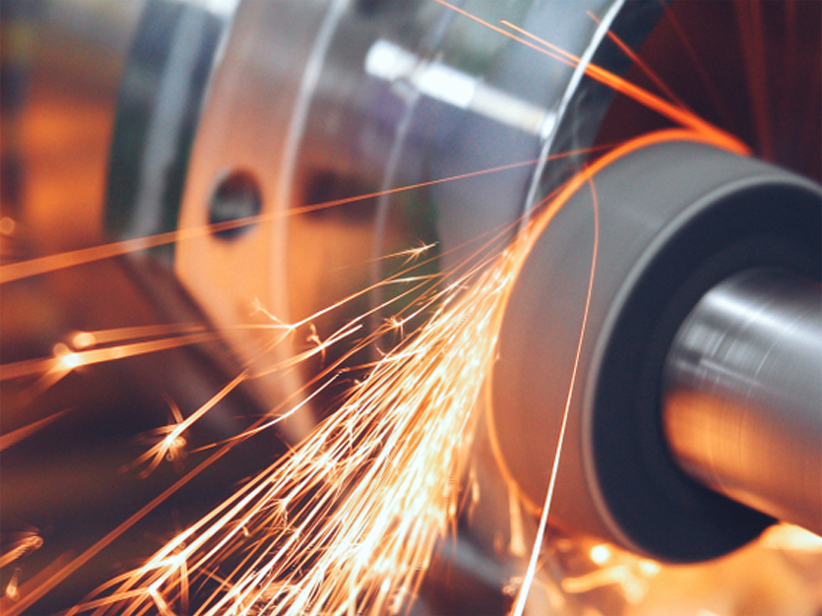Optimizing Stainless Steel Wire For Cold Heading And Fastener Production
Stainless steel's inherent properties make it a prime candidate for cold heading, a process that shapes metal without heat. However, not all stainless steel is created equal. To produce components, especially fasteners, with optimal strength, durability, and corrosion resistance, the wire itself must be meticulously engineered.
Understanding The Wire's Role In Cold Heading
Cold heading is a demanding process that subjects the wire to immense pressure. The wire must exhibit:
- High Tensile Strength: To withstand the forming process without fracturing.
- Excellent Ductility: For shaping without cracking.
- Consistent Diameter and Surface Finish: Ensuring precise component dimensions and optimal die life.
- Coating: Preventing defects and ensuring smooth die operation.
- Easy to clean coating: Ensures minimal residue buildup during production, enhancing efficiency and prolonging die life.
Crafting The Ideal Stainless Steel Wire
To meet these stringent requirements, wire manufacturers employ several critical steps:
1. Raw Material Selection and Alloying
- Careful Selection: Only high-purity raw materials are used as the foundation.
- Precise Alloying: Controlled addition of elements like chromium, nickel, and molybdenum imparts the desired properties. For instance, higher chromium content enhances corrosion resistance, while nickel improves ductility
2. Melting and Refining
- Vacuum Induction Melting (VIM): This process removes impurities, resulting in a cleaner metal base.
- Electro-slag Remelting (ESR): Further refines the metal, ensuring a fine grain structure for improved mechanical properties.
3. Wire Drawing and Processing
- Cold Drawing: Reduces the wire diameter while increasing strength and hardness. Multiple drawing passes are often required.
- Intermediate Annealing: Periodically softening the wire prevents work hardening and ensures consistent ductility.
- Surface Finishing: Processes like pickling and polishing remove surface impurities and create a smooth finish, crucial for die life and component quality.
4. Quality Control and Testing
- Rigorous Testing: Tensile strength, elongation, hardness, and microstructure are evaluated to ensure compliance with specifications.
- Dimensional Accuracy: Precise diameter control is essential for consistent component dimensions.
- Surface Inspection: Defects like scratches or inclusions are eliminated to prevent die damage.
The Venus Advantage
At Venus, we understand the intricacies of producing stainless steel wire tailored for cold heading and fastener applications. Our commitment to quality and innovation drives us to:
- Customize Alloys: We offer a wide range of stainless steel grades to meet specific customer requirements.
- Master Production Processes: Our state-of-the-art facilities and experienced team ensure consistent wire quality.
- Invest in Research and Development: We continually explore new alloys and processing techniques to enhance wire performance.
Ready to experience the Venus Advantage? Get in touch with our Wire Specialists.
Venus Wires is a trusted partner for manufacturers seeking exceptional stainless steel wire for cold heading. Our commitment to quality and innovation translates to improved component quality, reduced production costs, and enhanced product performance. Contact our wire specialists today to learn more about how we can help you achieve optimal results.For more information or enquiries contact us at www.venusires.com.







